Many years ago, I had lunch with a wonderful educator and mentor, Arlene Sonday. We were discussing all the new products and tools that were being developed as a result of the National Reading Panel work and No Child Left Behind. I remember so clearly what Arlene said.
“For a teacher who knows what she’s doing, all she needs in her toolbox is paper and a pencil.”
There are a lot of discussions and debates going on right now about which assessments and programs to use next. We are moving from NCLB to ESSA, from single measures to multiple measures, from intervention to access for all. It’s a huge leap that requires new tools.
These tools are important and valuable but they are new and there is a learning curve. No matter what the new tools bring, there is one resource in our schools that is most valuable of all…our students and their work. As these new tools roll out, include authentic student work on standards-based assignments. Here’s why:
- Authentic student work on a standards-based assignment opens the dialogue to what teachers REALLY want and need to talk about. It represents the creative participation between the critical core elements of teachers, students, and content interacting together.\
- Authentic student work on standards-based assignments fosters conversations beyond one size fits all. It reveals the individual strengths and barriers that teachers need to address so all students can meet grade-level expectations.
- Authentic student work on standards-based assignments maintains a close connection with the process of learning while giving teachers a context for understanding their other tools.
- Authentic student work on standards-based assignments appreciates the intrinsic perspectives of all your unique people in your own unique environment and dissolves the conflicts that often arise from the exclusive use of extrinsic tools (old and new).
Whenever we are about to make these leaps into new programs, new initiatives, and new assessments, I think of Arlene. There is still something to be said for authentic student work and the paper and pencil learning that involves creative conversations. You don’t have to wait to have conversations about this most valuable resource. Looking at authentic student work on standards-based assignments will help you assess reality and build your bridge to the next step.






